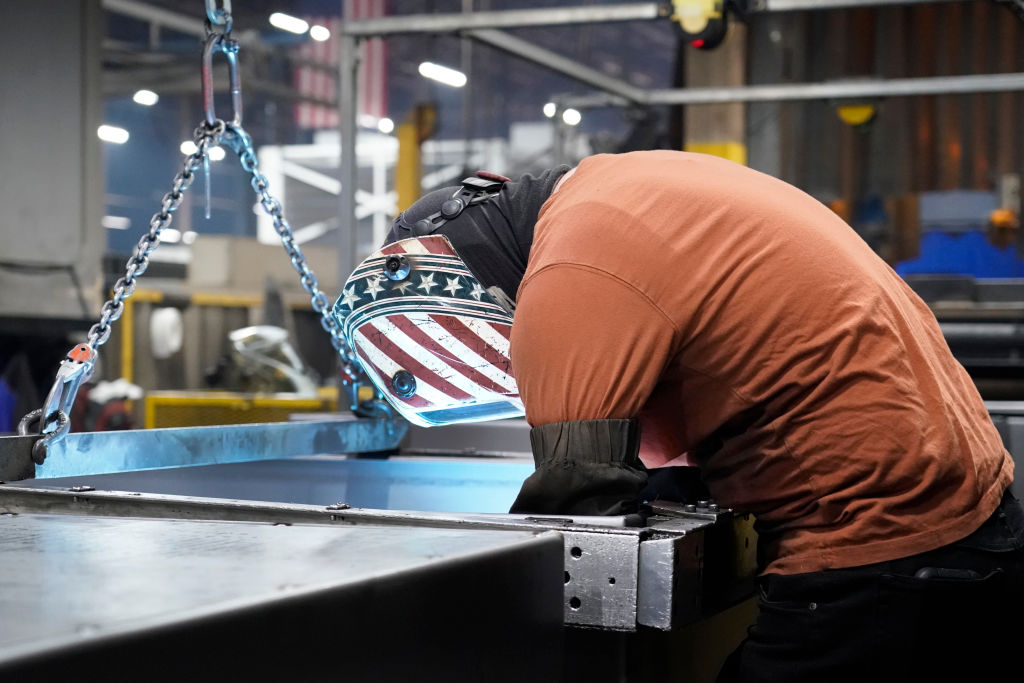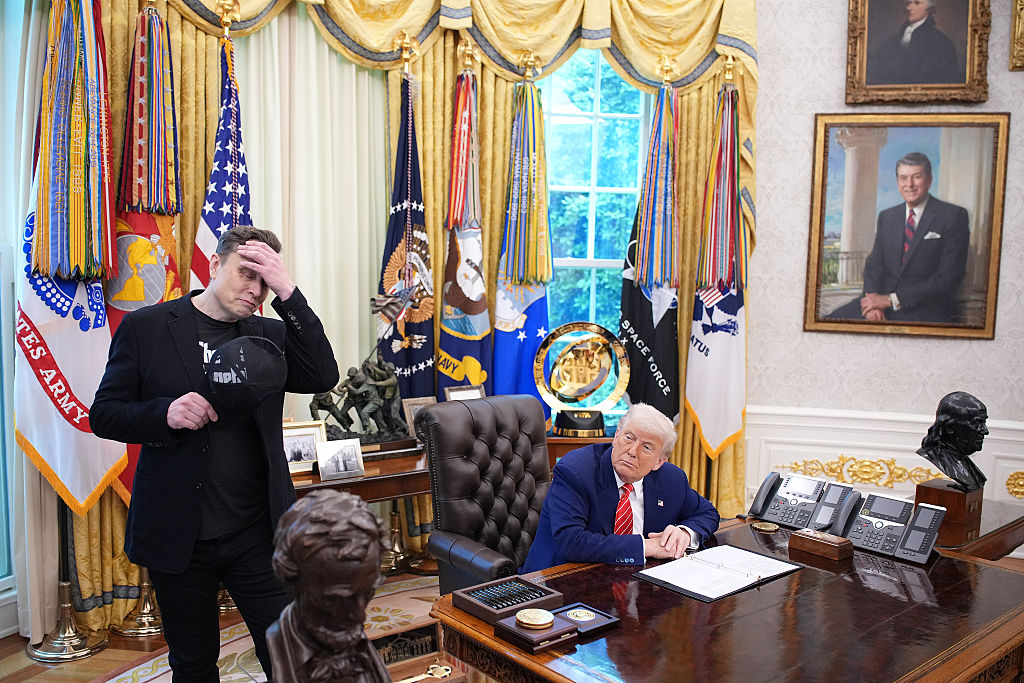There’s an automotive parts manufacturer in my hometown. The company has grown over the course of its 19-year life, from around 20 employees two decades ago to 45 full-time employees today. Despite the dirty nature of much of the work, the facility is kept clean, open, airy, and bright. There are no shavings on the floor or fumes in the air. The men who weld, bend, blast, and powder coat the metal parts and send them to the warehouse for packaging and shipment do so energetically.
“Honestly, [the work] is very satisfying,” the shop’s lead welder, Joe, told me during a recent tour of the facility. “I’ve always wanted to do things with my hands, and I’ve always enjoyed welding. I never dreamt that I’d get to do something like this with cars, you know — this is typically something you see on TV, and I have it right here in my backyard. It’s very cool. Every single thing I make here gets bolted into somebody else’s pride and joy.”
The positive mood of the fabrication shop is evidently a reflection of the company owner’s ethos toward his employees. Joe said that at company picnics, families are invited to take rides in the company race car, and that he and his co-workers are “treated wonderfully.”
It’s the way manufacturing in the US should be. And there could be a lot more of this kind of society-boosting work to go around if the government did some things differently. Running a company this way — they lose money by only using American-made steel — comes at a cost and is only possible if the owners are committed to their country and fellow citizens.
“Our margins are thin, and one false move and we’re breaking even instead of making money,” one of the company’s engineers revealed. “But for 19 years now, [the owner] has made enough money to continue. He lives humbly with occasionally getting something nice for himself — but nothing extravagant. The easy solution would be to go off-shore and buy all of our materials a lot cheaper, or even subcontract the stuff to China. But our boss doesn’t want to do that — he wants to have a business here. If it’s something with two ends welded in it and powder coated, we could absolutely outsource that, have it come next month, and you got a stack of 2,000 of them and make 20 to 30 percent more, but that’s not what [our owner] wants to do.”
It’s also not what a lot of serious car drivers want, either.
“You can buy this piece in China, or you can have Walt [our machinist] make it. If Walt makes it, he makes it of US 4140 CrMO Steel, so when you launch your drag car, and the trailing arms pull out of a Chinese one, it’s better to have Walt make it.”
The company distributes to all 50 states and has sent products to about 20 countries. The reason people from all over the world trust their restored classic muscle cars, and their lives, to this little company from backwoods Pennsylvania is because their high-quality products are made with pride by people (an average of seven different workers touch each product) who are treated well and return the favor to their employer by giving their best to their work.
“When we do photography, all their welds are awesome, so we don’t have to pick a special guy who did the best weld,” the engineer explains. “If they’re here, we know they’re good.”
In addition to caring for its employees, this company is also a charitable leader in the community. Its latest promotional event raised $30,000 over the course of just a few days for a local organization that donates money for childhood cancer research.
Keeping everything in the US takes resolve and courage. But we can’t count on every company to think and act this way, nor should we expect them to. Producing goods in the United States shouldn’t be such a challenge. Why manufacturing in the US has declined is a somewhat complex issue, but there are a handful of obvious steps the government can take to bring industry back home before we forget these skills and end up relying completely on China.
President Biden must keep the Trump-era tariffs, what Pat Buchanan calls “the taxes that made America great,” to boost our domestic economy, provide more rewarding work for Americans, and safeguard our national security. When I asked the engineer whether his company could easily transition to something else in the event of a disaster or war, he didn’t wait one second to say, “Absolutely.” Prior to the Covid pandemic, this company was working on a contract to build luggage racks to military humvees.
Instead of spending $400 billion to “forgive” student loan debt, we should be incentivizing students to pursue technical and trade schools. We also need to cut massive amounts of red tape and lower the cost of doing business across the board.
It’s time to make Made in the USA a top priority, for everyone’s sake.

























